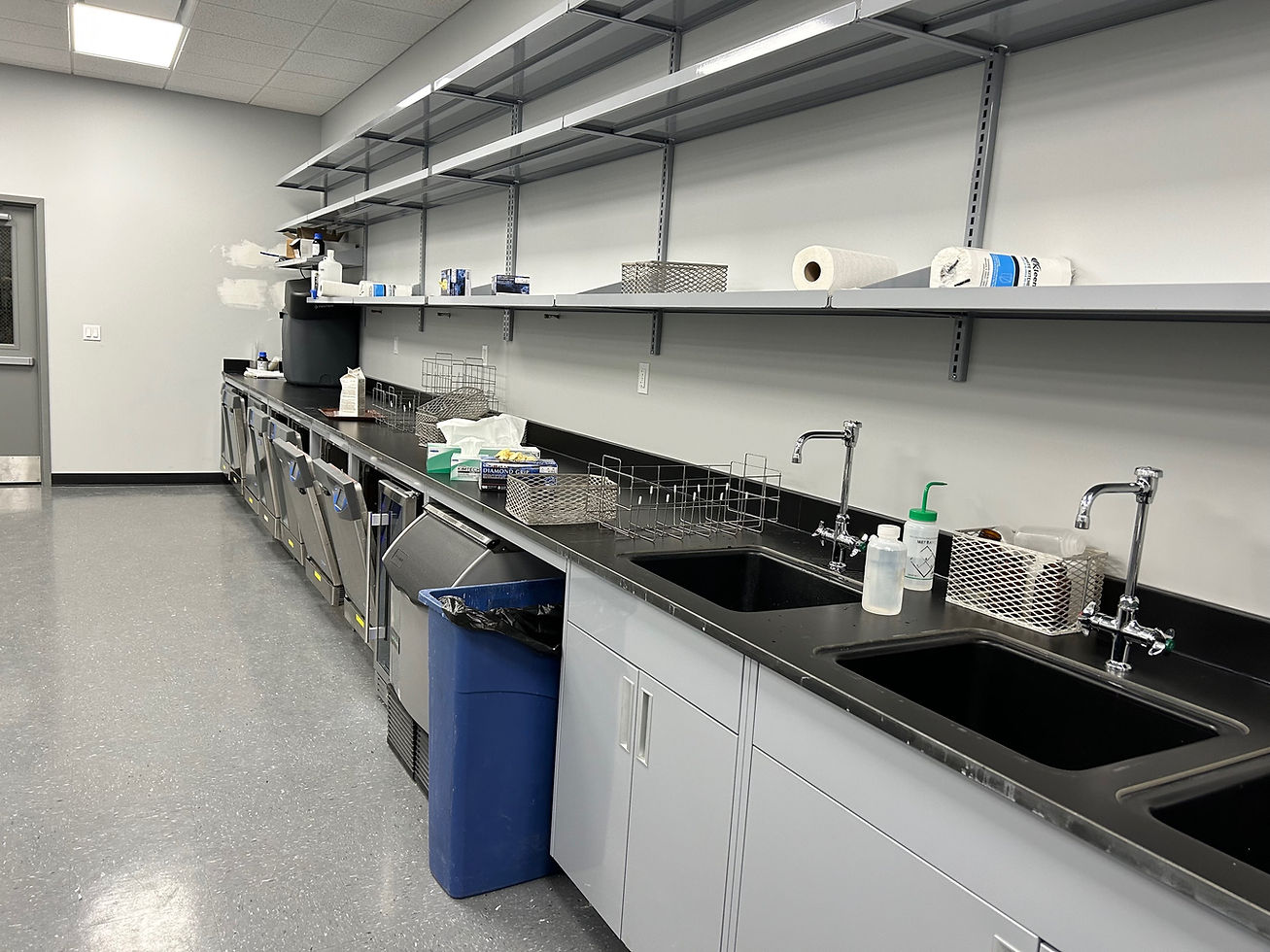
SCWA nearing approval for innovative carbon reactivation solution
- Brian R. Monahan
- Apr 11, 2024
- 2 min read

Vials of a small granular black substance lay about some lab tables at the Suffolk County Water Authority’s (SCWA) Education Center and Laboratory, not so unlike those from a college chemistry classroom. The substance is none other than granular activated carbon (GAC), and despite its humble appearance, its purpose is instrumental in the SCWA’s effort to fight new and emerging contaminants.
“Generally, granular activated carbon is ‘activated’ through physical and chemical processes, typically high temperature, that increase its surface area, creating sites where target contaminants are removed from solution through physical or chemical sorption,” said a New York State Health Department representative. “Put another way, the carbon is altered to create spaces where contaminants may park. With time, the available spaces fill, until there are essentially no remaining sites for contaminants to park; the carbon is said to have reached its capacity and is considered ‘spent.’”
In the case of the SCWA, the carbon is sourced from coconut fibers and coal. While many municipal water providers have recently introduced GAC to their filtration regiment, SCWA has been using GAC for years.
However, as a municipal water provider, the SCWA must use “first-use” carbon, which has never acted as a filter before. The need for unspent carbon and the rise in contaminants such as PFAS and 1,4-Dioxane is driving up the demand for GAC.
“Guaranteeing a Consistent Supply”
The SCWA approached the Department of Health with a pilot program in 2011, said Chief Engineer Timothy Kilcommons, to explore reactivating spent carbon.
According to New York State’s Department of Health, “Reactivation is the physical or chemical alteration of the spent carbon to remove the contaminants from the occupied activation sites.”
In the case of the SCWA, reactivation would be performed by one of its pre-existing carbon suppliers in a kiln-like device to achieve reactivation.
Kilcommons stated that at that time, “there were estimates that reactivated carbon could save a water supplier 20%” on the cost of carbon.
Times have changed, and “What we didn’t have in 2011 was this contaminant: PFAS, which has everyone scrambling to put GAC into” their filtration systems. Market forces also make it difficult to calculate the savings.
“The main benefit to reactivated carbon would be guaranteeing a consistent supply of carbon for your treatment goals,” continued Kilcommons.
As of the current proposal with the state, the SCWA’s GAC would remain in a closed loop. In other words, municipal water authority ‘a' would not receive the reactivated carbon of municipal water authority ‘b.'
Reactivation destroys around 20% of GAC through the kilning process, leaving SCWA in the market for a much smaller amount of virgin GAC than before.
The SCWA’s plan is still awaiting approval, which they expect to receive within the month. From that point, the water authority can begin working with its existing carbon vendors to implement reactivated GAC in its filtration regiment.










Comments